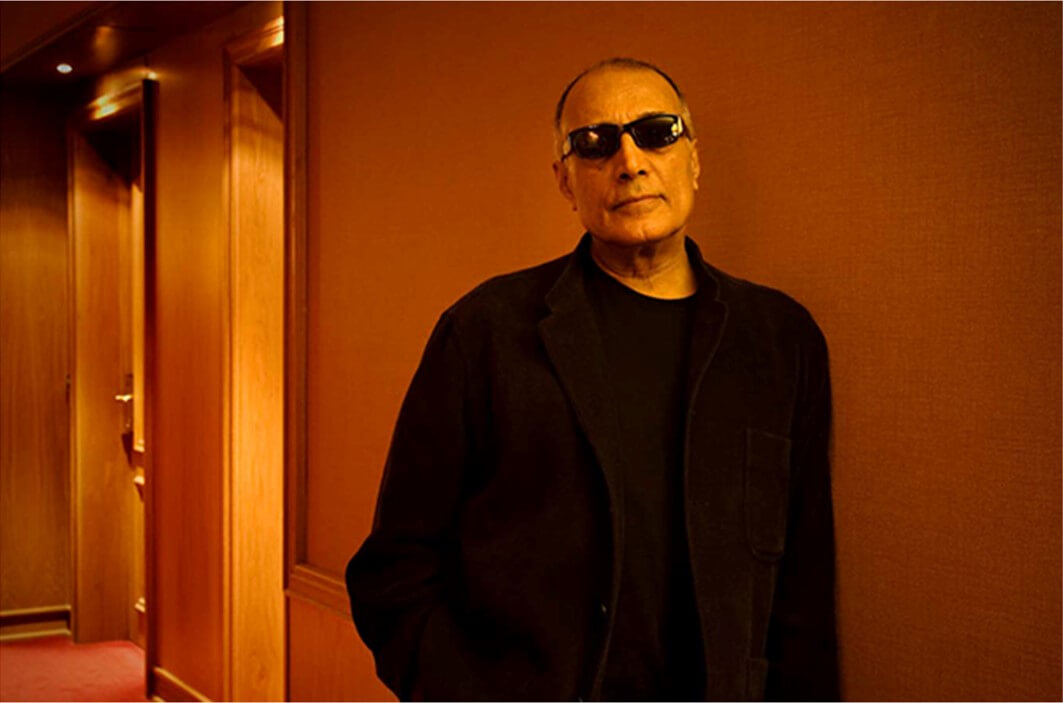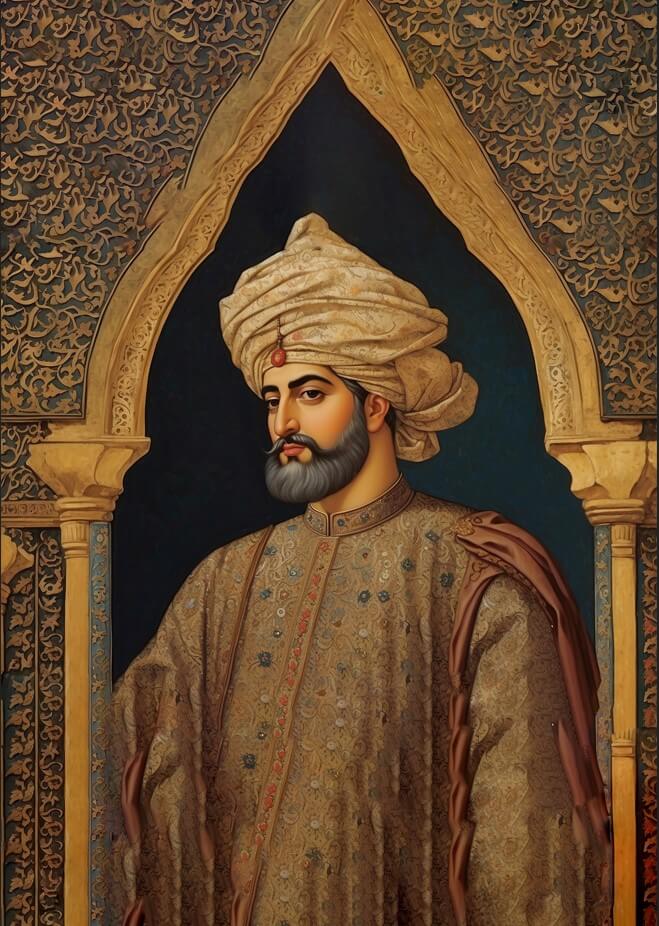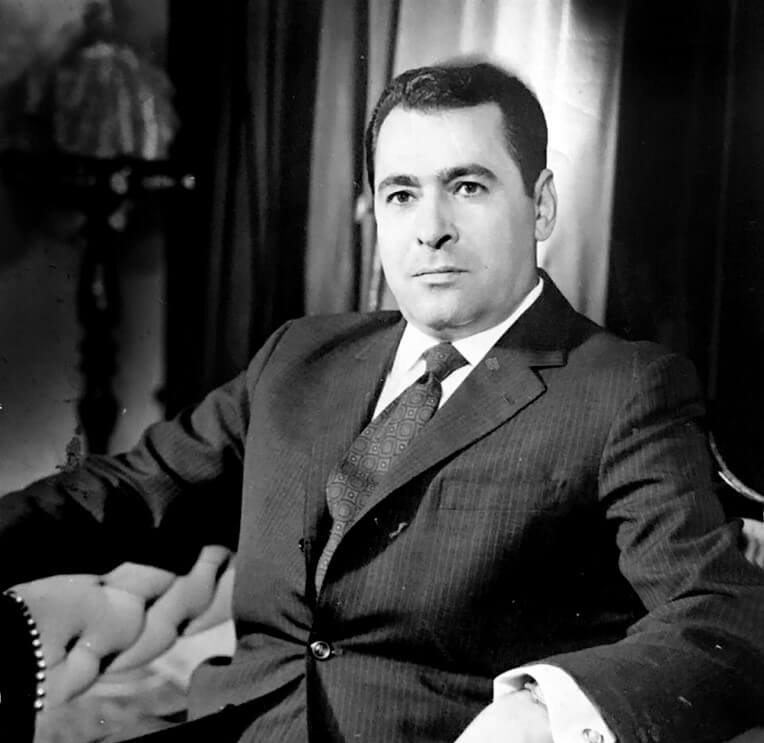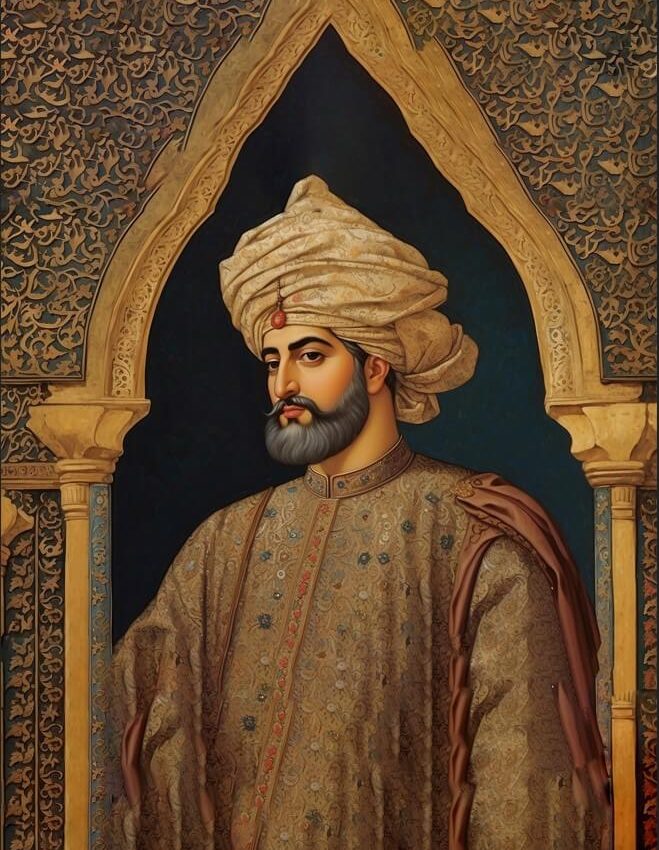The History of Nowruz in Iran
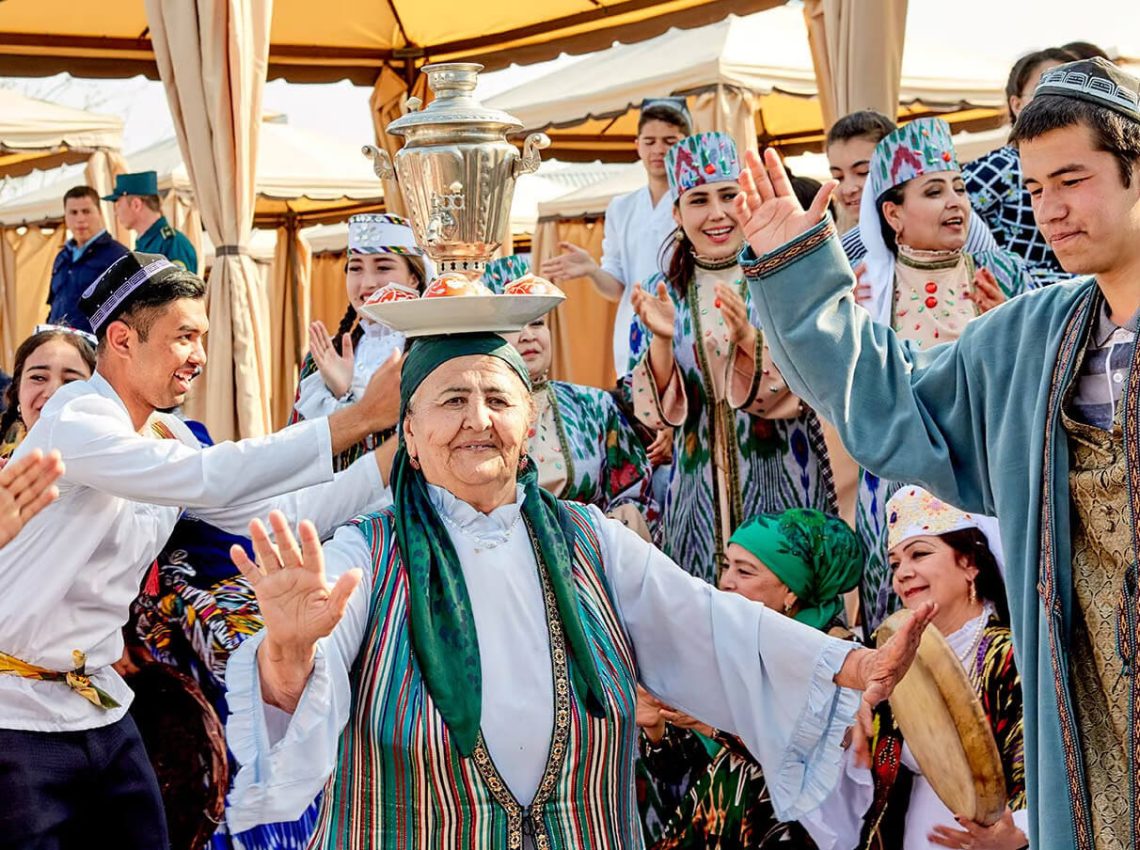
Nowruz, meaning “New Day” in Persian, is the traditional Iranian festival marking the beginning of spring and the start of the Persian New Year. Celebrated on the vernal equinox, typically around March 21st, Nowruz is a symbol of renewal, rebirth, and the harmonious relationship between nature and humanity. The history of Nowruz in Iran is rich and deeply intertwined with the country’s culture, religion, and national identity.
Ancient Origins
The roots of Nowruz trace back to ancient Iran, over 3,000 years ago, during the reign of the Achaemenid Empire. The festival is believed to have Zoroastrian origins, which was the predominant religion of Persia before the advent of Islam. Zoroastrianism placed a significant emphasis on the cyclical nature of life, the struggle between good and evil, and the importance of agriculture and natural events, all of which are reflected in the Nowruz celebrations.
Royal Traditions
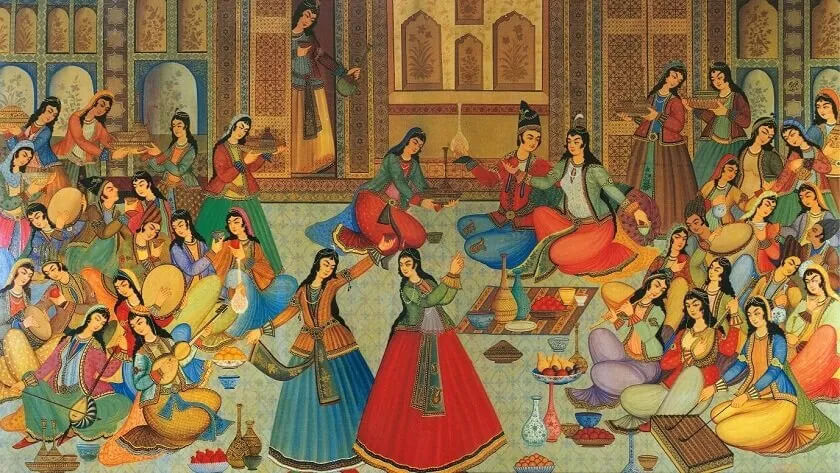
In the Achaemenid era, Nowruz became a royal tradition, where elaborate ceremonies were held at the court of the king. It was a time when the king received his subjects, distributed gifts, and forgave taxes. The festival symbolized the king’s benevolence and the state’s strength and stability. The tradition of Nowruz was continued by subsequent Iranian dynasties, including the Sassanians, who further enriched the celebrations with various customs and ceremonies.
Cultural Evolution
With the Arab conquest of Persia and the spread of Islam, Nowruz found a place within the Islamic culture of Iran. The festival was adapted and continued to be an integral part of Iranian life, demonstrating the resilience of cultural traditions. Scholars and poets of the Islamic Golden Age, such as Ferdowsi, the author of the Shahnameh, and Omar Khayyam, contributed to the preservation of Nowruz traditions through their works, embedding it deeply in the Persian literary and cultural heritage.
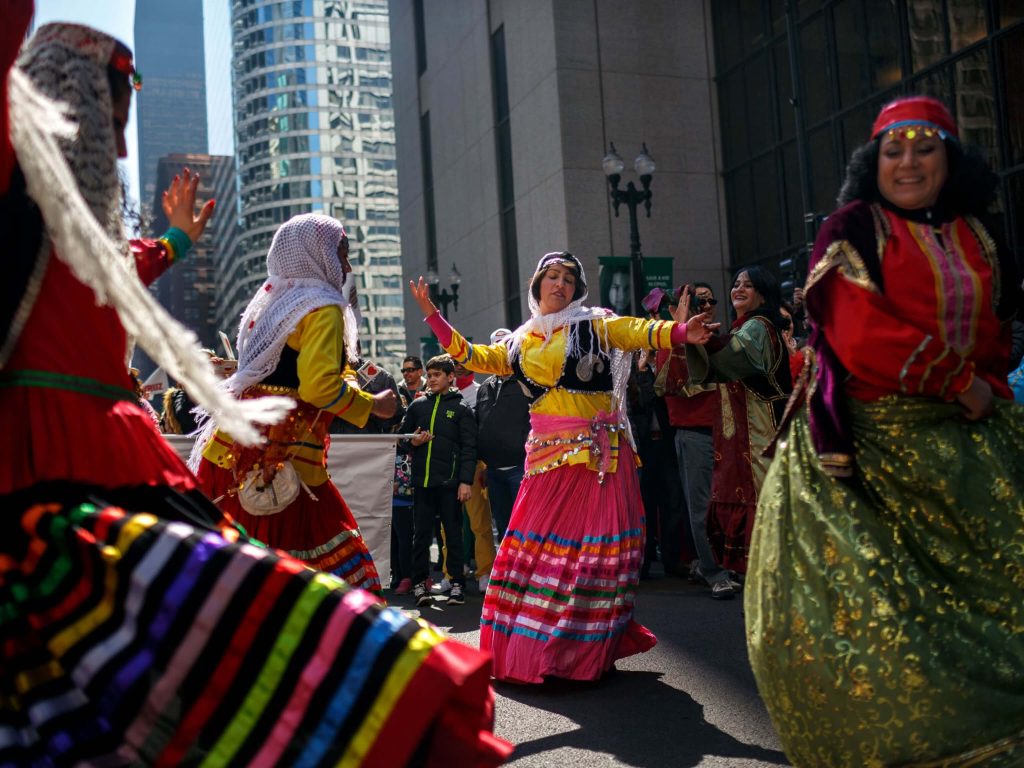
Nowruz Customs and Celebrations
The customs associated with Nowruz are symbolic and rich in cultural significance. They include the setting of the Haft-Seen table, which features seven items starting with the letter ‘S’ in Persian, each symbolizing a different hope for the new year, such as health, happiness, prosperity, and renewal. These items include sprouted wheat grass (sabzeh), apples (sib), garlic (seer), vinegar (serkeh), sumac (somaq), the spice golpar (senjed), and coins (sekkeh).
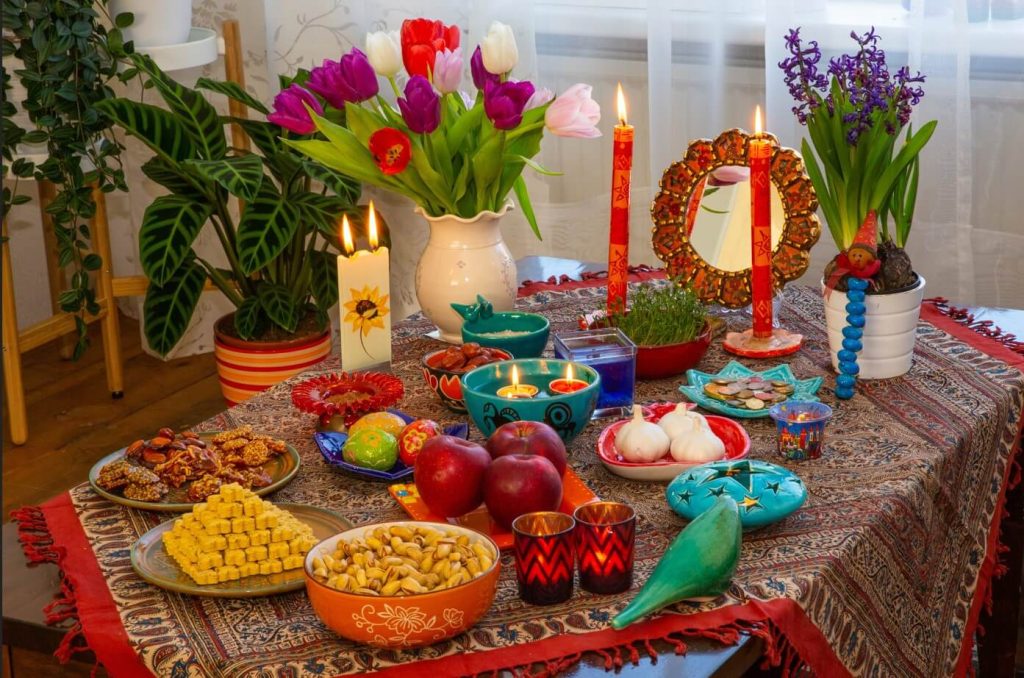
Fireworks, music, dancing, and public festivities mark the celebrations, and people visit each other’s homes, exchange gifts, and share special Nowruz meals. The holiday period extends for 13 days, culminating in Sizdah Bedar, a day spent outdoors in nature to mark the end of the Nowruz holiday.
Nowruz in Modern Iran
Today, Nowruz is a national holiday in Iran and is celebrated by people of all religions and ethnicities within the country. It is a time for family gatherings, reconciliation, and renewal. The festival also plays a significant role in strengthening national identity and cultural unity among Iranians, both in Iran and in the diaspora.
In recognition of its cultural significance and historical depth, Nowruz was inscribed on the UNESCO Representative List of the Intangible Cultural Heritage of Humanity in 2009. This acknowledgment by UNESCO highlights the importance of Nowruz as a cultural treasure, not only for Iranians but for the global community.
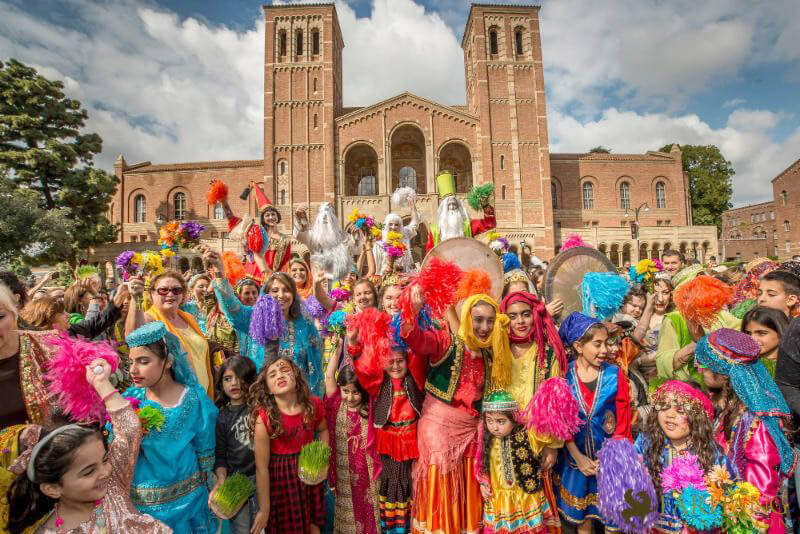
Conclusion
Nowruz in Iran is more than just a New Year celebration; it is a profound expression of ancient traditions, cultural values, and a collective aspiration for a better future. Through centuries of historical transformations, Nowruz has remained a vibrant and dynamic celebration, deeply cherished and widely observed by millions. Its enduring appeal lies in its universal themes of renewal, rebirth, and the joyous welcoming of spring, making it a timeless celebration of life and nature’s perennial renewal.


